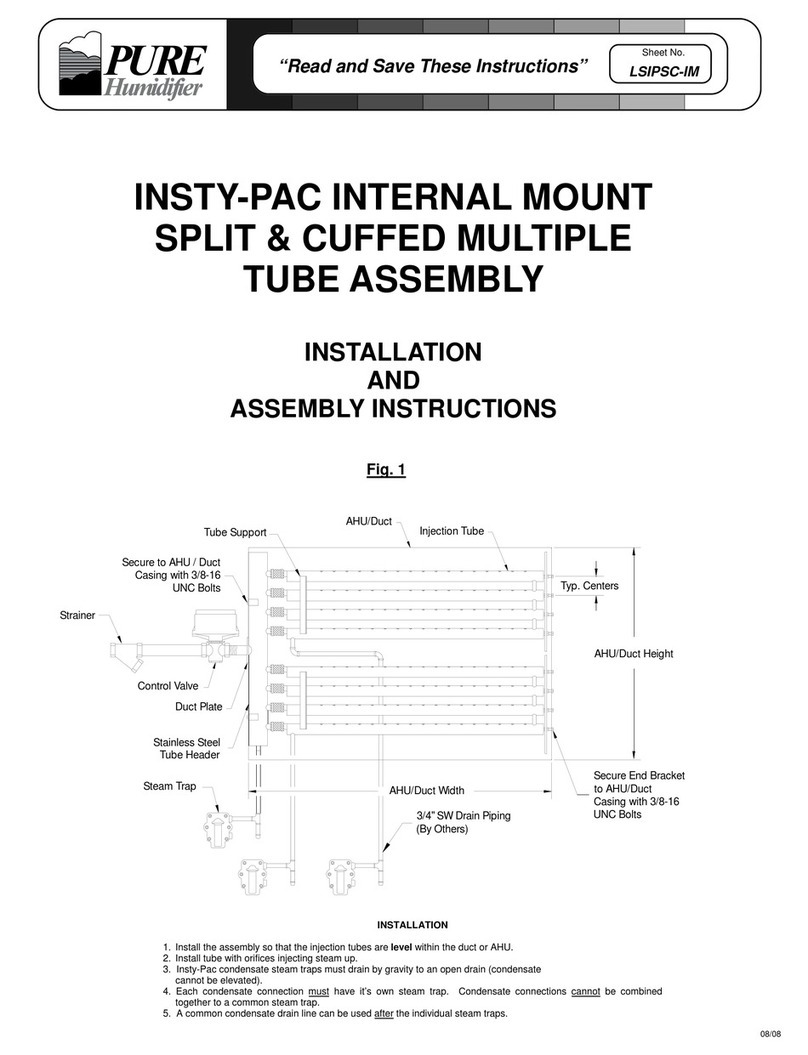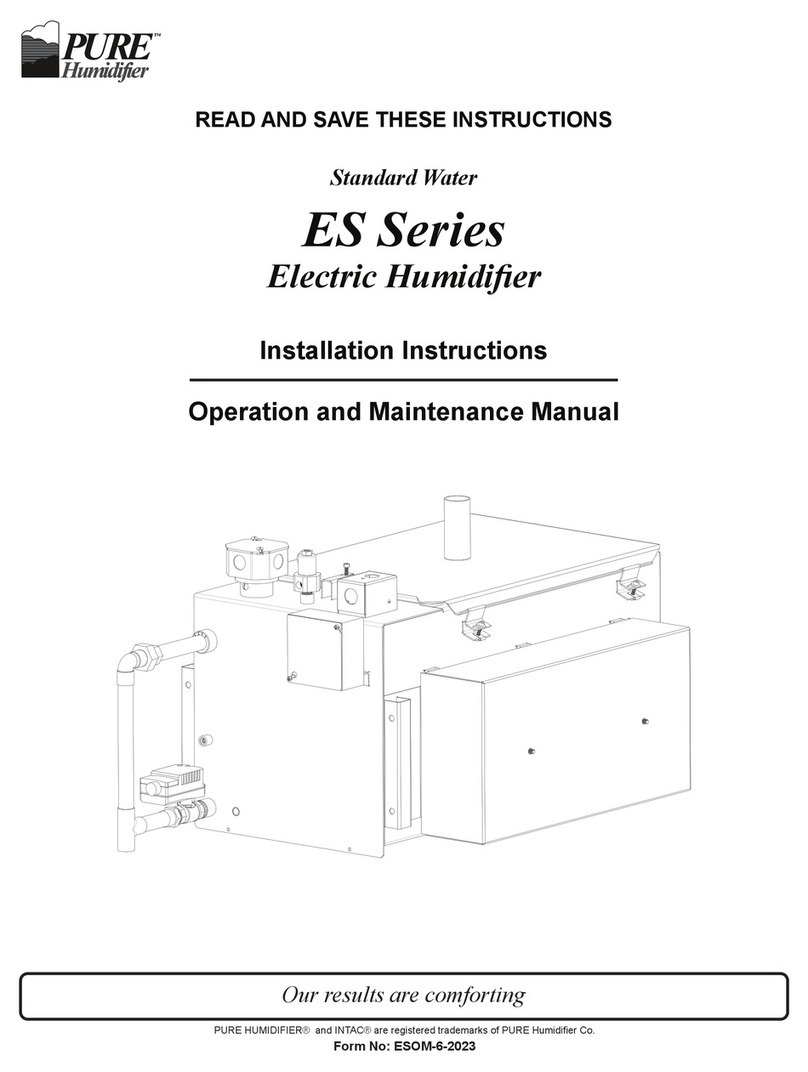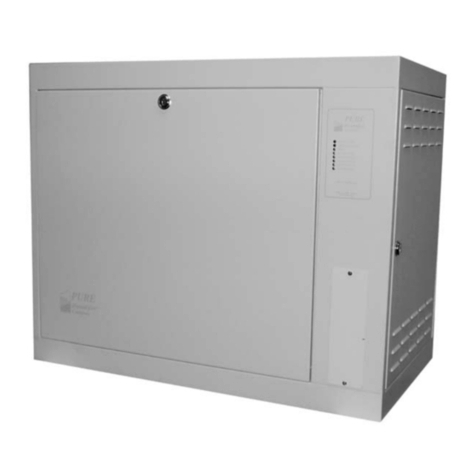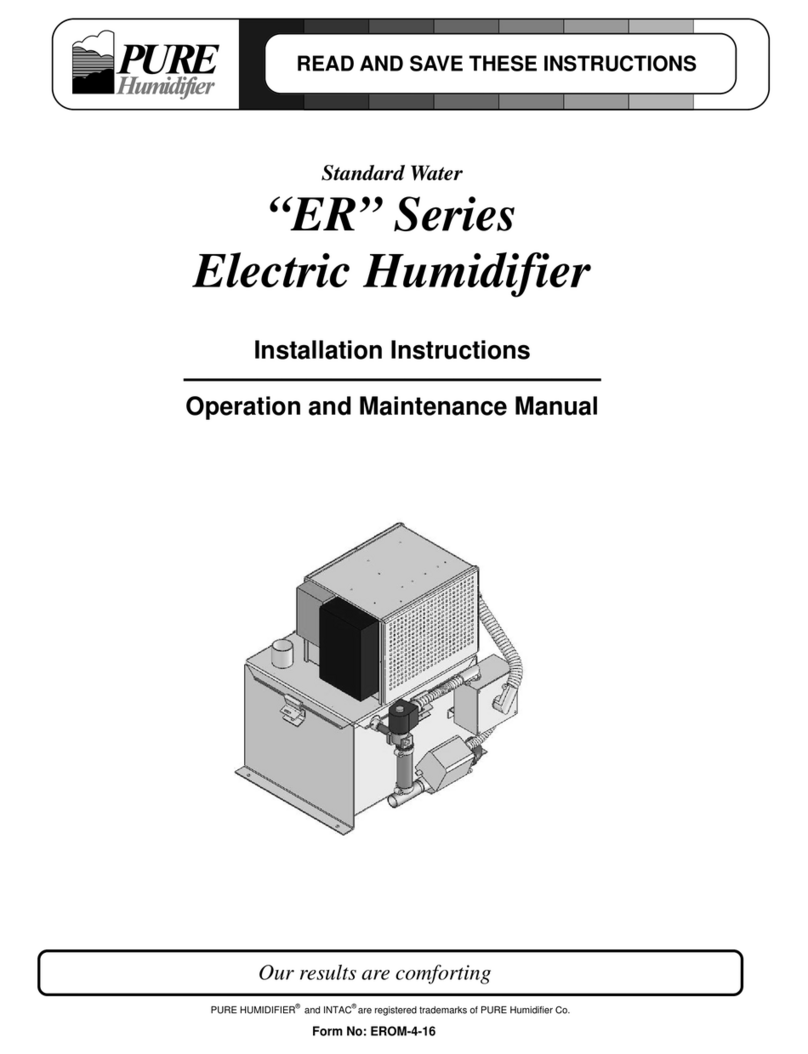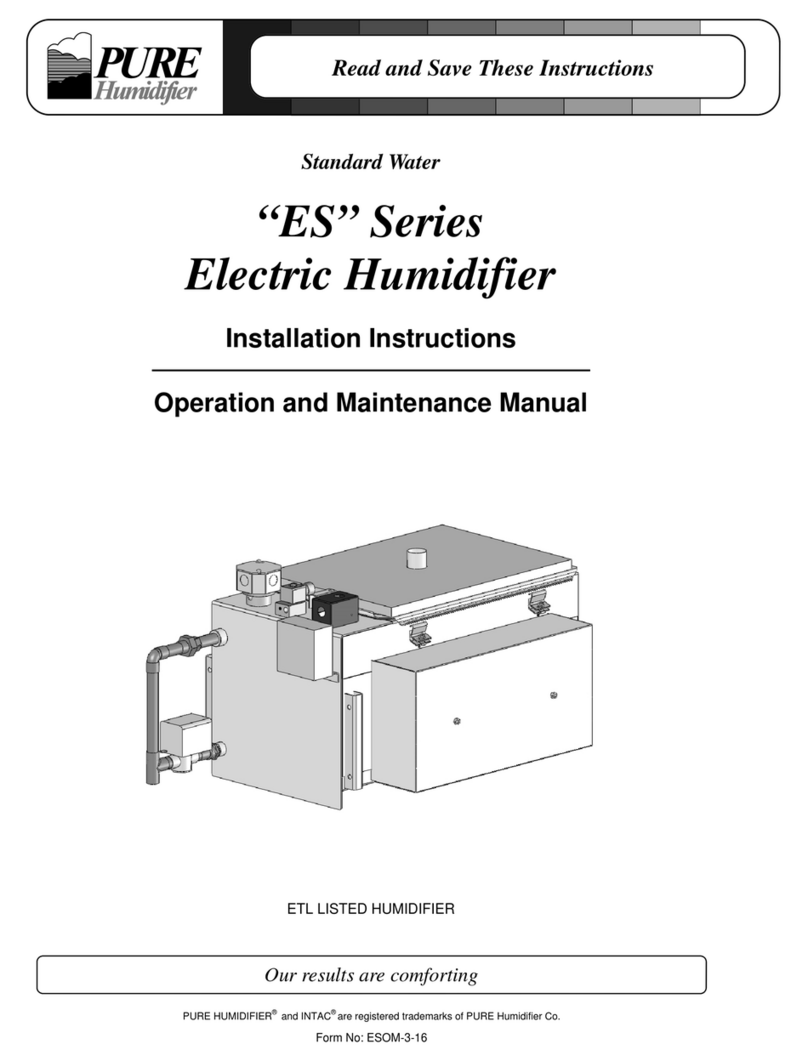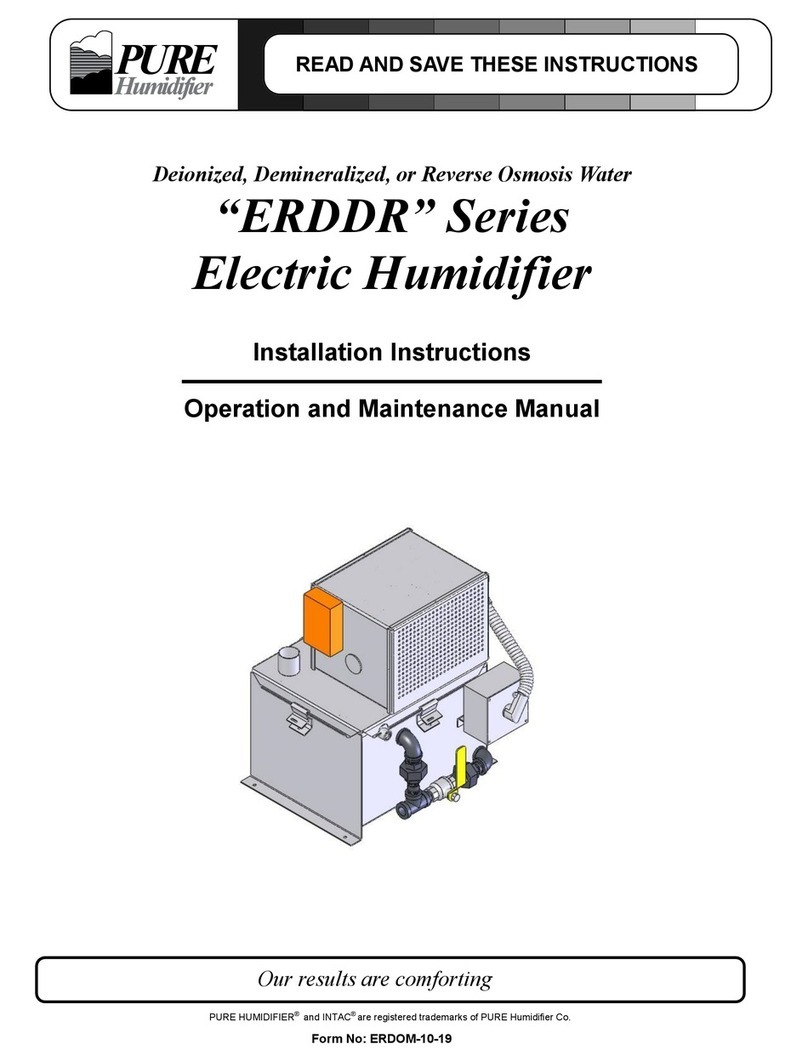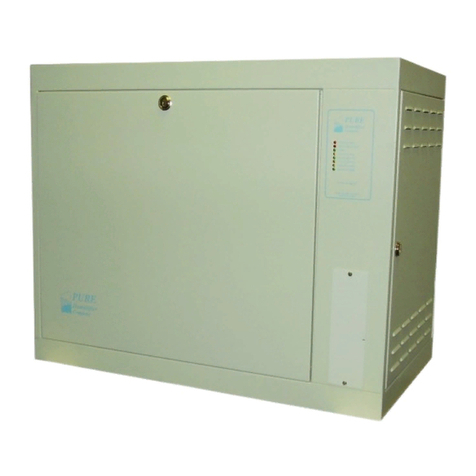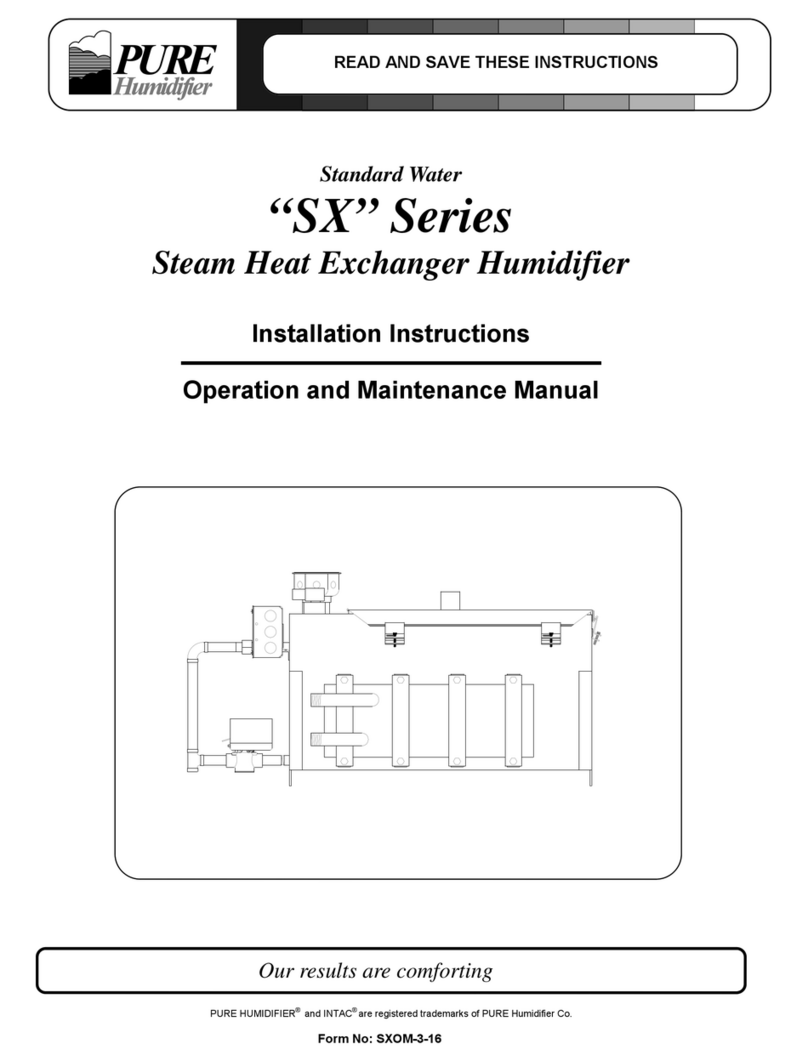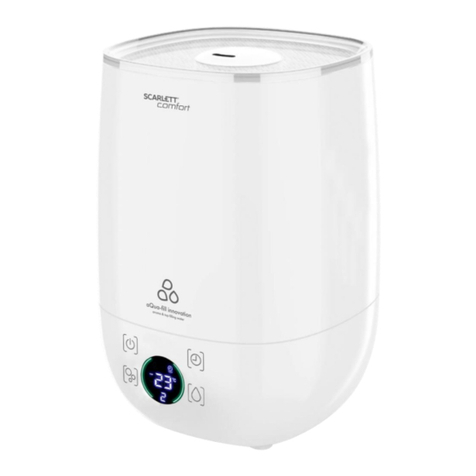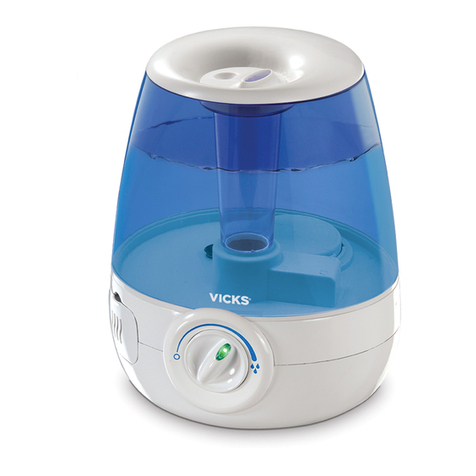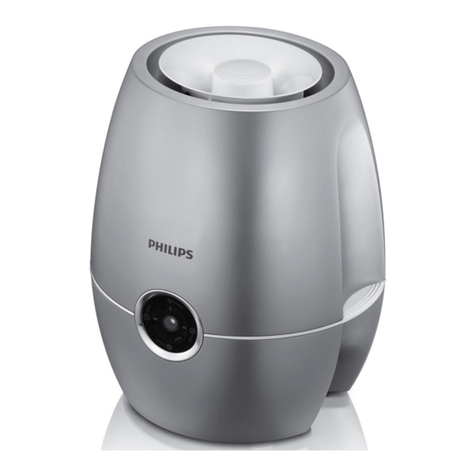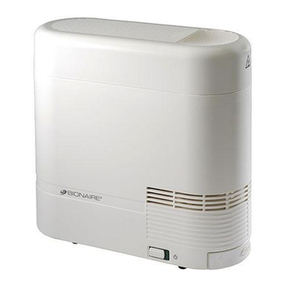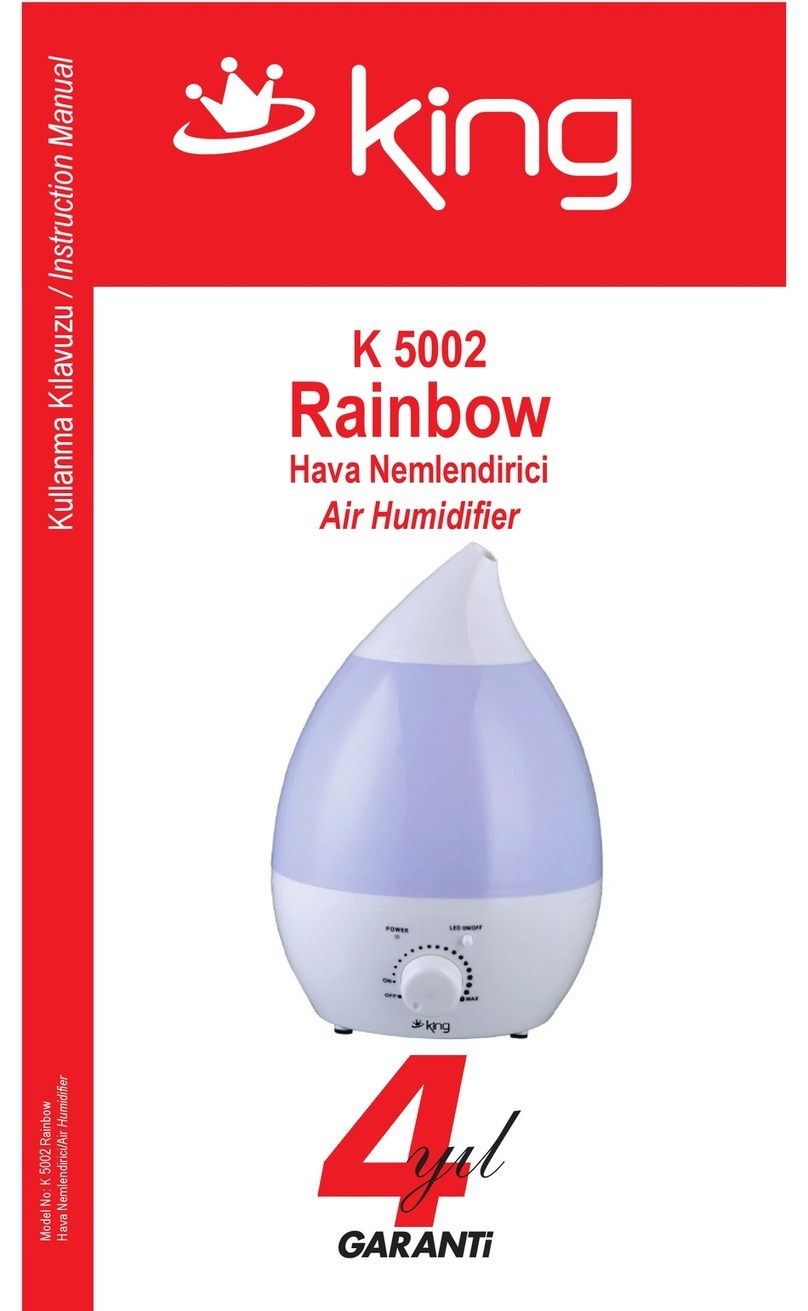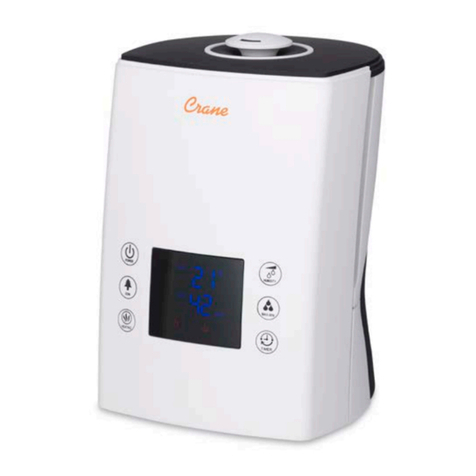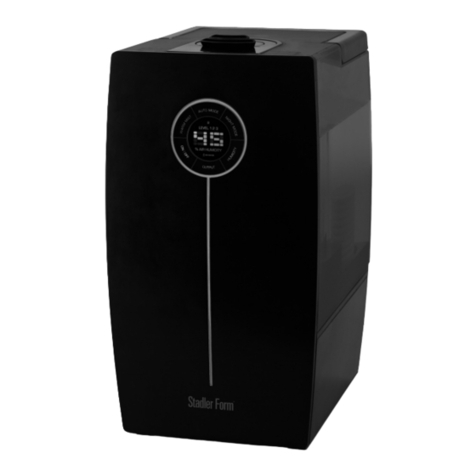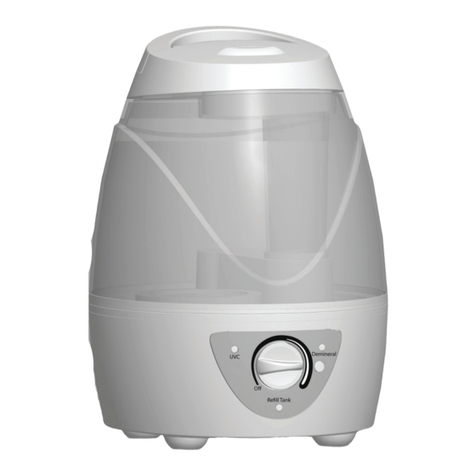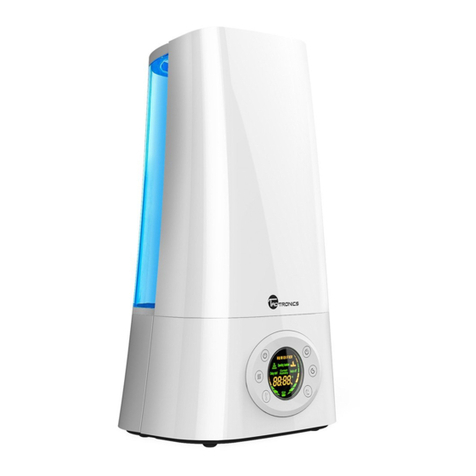
TM
Table of Contents
TM
Introduction
Warnings ……………………………………………………………………………………….....
Overview
Features ………………………………………………………………………………………......
Capacities, Electrical & Weights ………………………………………………………………..
GX-3, GX-4 Dimensions & Layout ……………………………………………………………...
GX-8 Dimensions & Layout …………………………………………………………................
GX-12 Dimensions & Layout ..…………………………………………………………………..
Installation
Installation & Location …………………………………………………………………….…......
Drain Pan Mounting ……………………………………………………………………….….....
Electrical, Combustion & Ventilation Air ……………………………………………………….
Gas Piping Installation ……………………………………………………………………….….
Venting …………………………………………………………………….................................
Sealed Combustion ………………………………………………………………….….............
GX-8 Exhaust Manifold ……………………………………………………………….…….......
GX-12 Exhaust Manifold …………………………………………………………………….…..
Water Supply & Drain Piping ……………………………………………………………………
Supply Piping Examples …………………………………………………………………….…..
Operation
Modulating Control Operation …..……..………………………………………………….…....
GX Pre-Startup Checklist …………………………………………………………………….….
GX Startup Procedure…..……..………………………………………………….….................
GX Burner Startup Procedure ……………………………………………………….……........
Troubleshooting ……………………………………………………………………………….....
Burner Troubleshooting & Maintenance …..……..…………………………………………….
Burner Flame Controller Troubleshooting …..……..…………………………………………..
Maintenance
Tool Requirements and Torque List ………………………………………….…………….......
GX Maintenance ………………………………………………………….………….................
Exchanger Gasket Replacement ………………………………….……….............................
Cover Gasket Replacement Instructions ……………………………………….…………......
Maintenance Notes ……………………………………………………………….…………......
Spare Parts
GX-3 & GX-4 Exploded Parts Drawing ……………………………………………….……….
GX-3 & GX-4 Parts List …………………………………………………………………….…...
GX-8 Exploded Parts Drawing ……………………………………………….………..............
GX-8 Parts List …………………………………………………………………….…................
GX-12 Exploded Parts Drawing ……………………………………………….………............
GX-12 Parts List …………………………………………………………………….…..............
Modulating Burner Exploded View ……………………………………………….………........
Modulating Burner Gun Assembly Exploded View …………………………………………...
Modulating Burner Parts List ..............................................................................................
On/OffBurner Exploded View ……………………………………………….………...............
On/OffBurner Gun Assembly Exploded View …………………………………………...........
On/OffBurner Parts List .....................................................................................................
Warranty ……………………………………………………………………………………….…………....
1-2
3
4
5
6
7
8
9
10
11-12
13-15
16
17
18
19
20
21-22
23
24
25-26
27
28
29
30
31
32
33
34-35
36
37
38
39
40
41
42
43
44
45
46
47
48

